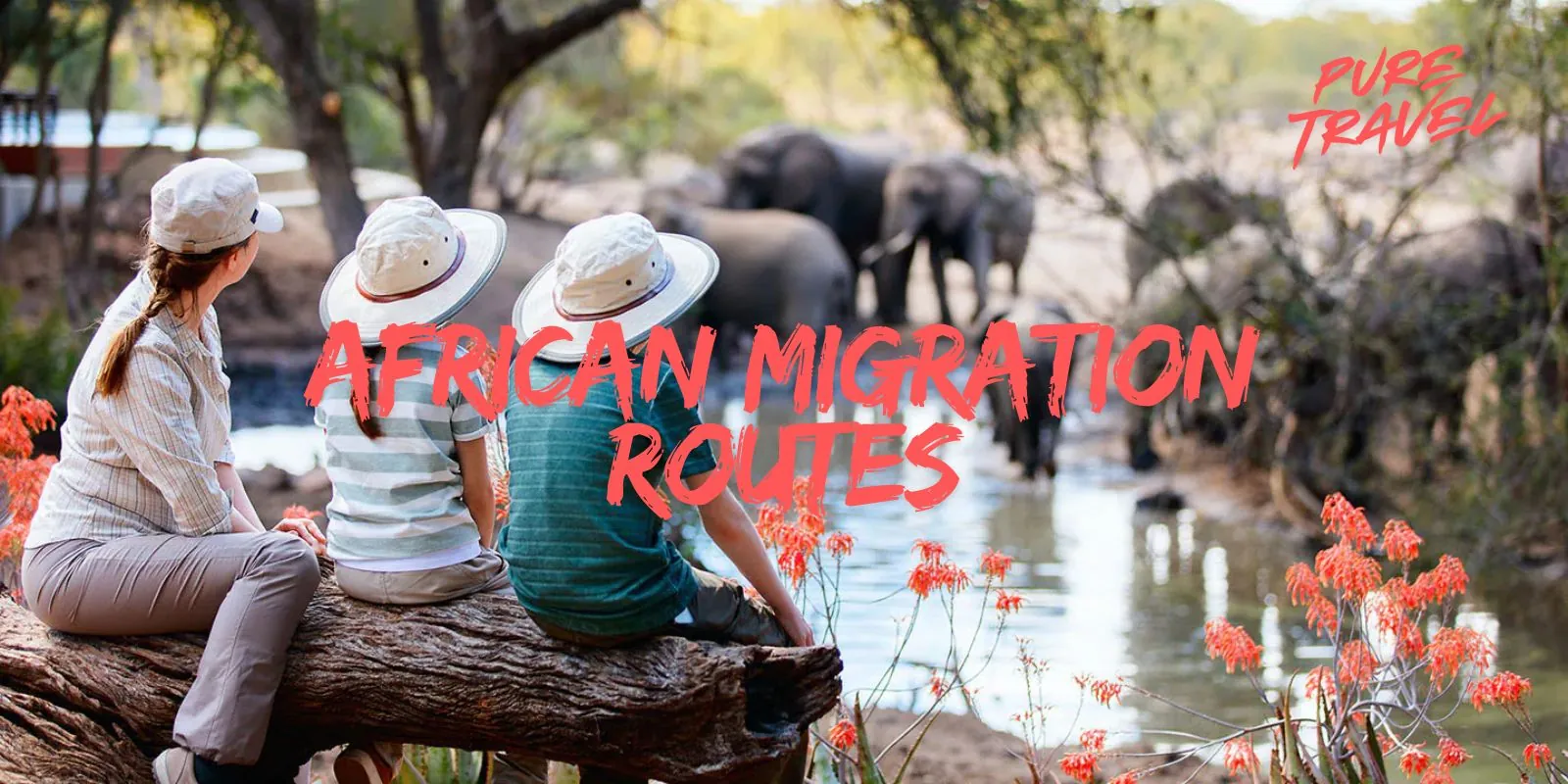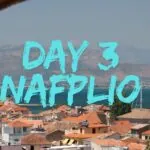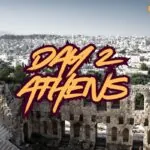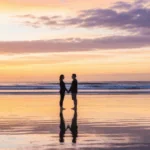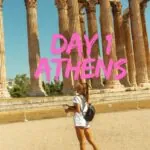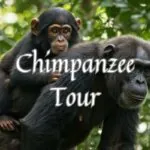Journey Through African Migration Routes: A Safari Like No Other
Embark on an unforgettable journey along the African Migration Routes, tracing the ancient paths of wildlife across Botswana’s most breathtaking landscapes. From the thundering Victoria Falls to the Okavango Delta, this 10-day safari reveals Africa’s rhythm — wild, untamed, and endlessly alive.
Arrival in Livingstone, Zambia
We landed in Livingstone to the sound of cicadas and the warm scent of dust and adventure. The humid air carried a faint mist — the echo of Victoria Falls, known locally as Mosi-oa-Tunya, “The Smoke That Thunders.” Standing at the viewing point, we watched the mighty Zambezi River tumble over basalt cliffs in a roaring cascade. The spray cooled our faces as rainbows shimmered in the sunlight. Our journey had officially begun.
That night at The River Club, the call of frogs and distant drumming lulled us to sleep. Dinner featured flame-grilled tilapia with lemon butter and local maize meal — simple yet rich in flavor (approx. ZMW 220 / AUD 16). The African sky stretched endlessly above, reminding us that we were finally in the wild heart of the continent.
Day 2: Livingstone to Chobe and Linyanti
After breakfast, we crossed the Kazungula border, where four countries meet — Botswana, Namibia, Zambia, and Zimbabwe. The border crossing was lively, filled with chatter, laughter, and the smell of sun-warmed truck tires. Soon we were gliding down the Chobe River on a boat cruise surrounded by herds of elephants cooling off in the shallows. Crocodiles lounged on muddy banks while fish eagles called from above. It felt surreal — Africa’s pulse beating all around us.
By afternoon, we reached our tented camp in Linyanti. The golden savannah stretched endlessly, dotted with baobabs and the silhouettes of giraffes. Dinner by the campfire tasted like freedom — roasted vegetables, spiced chicken, and South African Chenin Blanc (approx. 350 BWP / AUD 38). [B, L, D]
Days 3–4: The Linyanti Experience – African Migration Routes
The next two days were pure safari magic. The Linyanti Private Concession is a haven for wildlife — permanent water sources mean animals stay year-round. We rose before dawn, the air crisp and alive with birdsong. As the first rays broke over the bush, we spotted a lioness watching the horizon, her golden eyes reflecting the sunrise.
Game drives revealed elephants, buffalo, and the elegant stride of a leopard disappearing into reeds. Midday siestas in shaded tents brought the soft hum of cicadas and the faint smell of campfire smoke. In the evenings, we listened to the deep roars of lions rolling across the plains — a nightly symphony of Africa. [B, L, D]
Day 5: Linyanti to Khwai Adventurer Camp
We took a light aircraft to Khwai, flying over the web of waterways that define the Okavango Delta. From above, it looked like a living map — islands, lagoons, and winding channels shimmering under the sun. Our new camp near the Moremi Game Reserve was rustic luxury: canvas tents beneath tall acacias, each with an open-air shower. Afternoon game drives introduced us to a new rhythm — impalas grazing, wild dogs on the hunt, and painted skies that turned fiery orange at sunset. [B, L, D]
Days 6–7: Exploring the Moremi Game Reserve
The following two days were an intoxicating mix of game drives and Mokoro canoe rides. Gliding silently through lily-covered waters, we watched tiny frogs cling to reeds and elephants wade through the shallows. The air was fragrant with wild jasmine and wet earth. Morning drives brought sightings of hyenas and zebras, while evening rides revealed a blanket of stars unlike anything we’d ever seen. [B, L, D]
Day 8: To Xigera – Heart of the Okavango – African Migration Routes
Another short flight took us deeper into the Okavango Delta, to Xigera Mokoro Trails. Here, the rhythm of life slowed. Water channels mirrored the sky, and islands teemed with wildlife. We drifted through papyrus reeds as herons and kingfishers danced above. In the evening, we sat by the fire, the scent of rain in the air and the crackle of wood mixing with the distant whoop of a hyena. [B, L, D]
Day 9: Exploring the Okavango Delta
We spent our final full day walking through the Delta’s small islands, learning to read tracks in the sand — hippos, leopards, and antelope had all passed before us. Our guide pointed out medicinal plants and shared stories of the delta’s seasonal floods. The calm was profound; even the air seemed to hum with life. Lunch was a picnic under a jackalberry tree, complete with grilled kudu skewers and local beer (approx. 280 BWP / AUD 30). [B, L, D]
Day 10: Xigera to Maun – Journey’s End
After breakfast, we boarded our charter flight to Maun, watching the shimmering Delta recede below us. The adventure that began with thunderous falls ended with the quiet whisper of reeds — a fitting contrast to Africa’s dual spirit of power and peace. It wasn’t just a journey across Botswana’s landscapes, but through the very heart of the natural world. [B]
Pro Traveler Tip – African Migration Routes
Pack light and bring soft duffel bags — light aircraft have strict luggage limits (20 kg per person). Binoculars and a good zoom lens are essential for wildlife viewing, especially in the Delta.
Pro Traveler Warning
Some border crossings, like Kazungula, can be busy and require patience. Keep passports and small bills ready for tips. Always follow your guide’s instructions when near wildlife — animals here truly roam free.
Reflections on the Migration Route
Tracing the African Migration Routes through Botswana was more than a safari — it was a deep reconnection with nature’s rhythm. From the spray of Victoria Falls to the still waters of the Okavango, each moment told a story of survival, beauty, and balance. As we flew home, the sounds of lions, laughter, and the rustle of the bush stayed with us — a gentle reminder that Africa moves within you long after you leave.
FAQs – Journey Through African Migration Routes
What destinations are covered on this 10-day migration route safari?
The itinerary typically includes Livingstone (Victoria Falls), the Chobe River, the Linyanti concession, Khwai, Moremi Game Reserve, the Okavango Delta (Xigera), and finishes in Maun.
When is the best time to do this Botswana migration-route safari?
The prime period is the dry season (May to October). Water levels and animal concentrations vary — May–July offer excellent game sightings as animals concentrate around permanent water, while August–October tend to be drier with good predator activity.
What should I pack for a safari along the migration routes?
Pack light, soft-sided luggage (see luggage limits), neutral-coloured clothing, a warm layer for early mornings, a wide-brim hat, polarized sunglasses, sunscreen, insect repellent, binoculars, and a camera with a zoom lens. Include any prescription medicines and a basic first-aid kit.
Are there luggage restrictions on the light aircraft used between camps?
Yes — most charter and bush flights limit luggage to about 20 kg (soft-sided bags only). Check with your operator for exact limits and packing guidance to avoid excess baggage fees or rejected bags.
Do I need vaccinations or visas to travel on this route?
Visa and vaccination requirements depend on your nationality. Many travellers require a visa for Zimbabwe/Zambia border crossings and a Yellow Fever certificate if coming from infected countries. Recommended vaccinations often include hepatitis A and routine boosters—consult your travel clinic early.
Is this safari family-friendly and suitable for beginners?
Yes — the itinerary can be family-friendly and suitable for first-time safari-goers. Camps vary in comfort and child policies, so confirm age restrictions and activities with your operator. Activities like mokoro rides and short walks may have minimum age or fitness requirements.
How safe is travelling in these remote wildlife areas?
Travel with reputable operators and experienced guides who follow strict safety protocols. Keep a safe distance from wildlife, follow guide instructions, avoid walking alone at night, and secure valuables. Emergency medevac options are available for remote lodges but check coverage in advance.
What activities are included along the migration routes?
Typical activities include guided game drives, boat safaris on the Chobe River, mokoro (traditional canoe) excursions in the Okavango, walking safaris, scenic light-aircraft transfers, and cultural visits where offered.
What happens at border crossings like Kazungula?
Border crossings can be busy and may require passport checks, visa fees, and time for immigration formalities. Your operator usually handles logistics; keep passports, necessary visas, and small bills ready for any local charges or tips.

